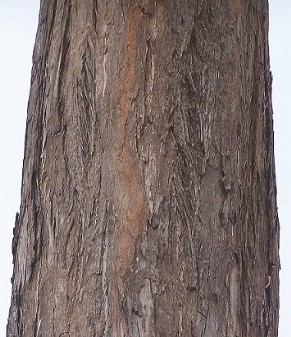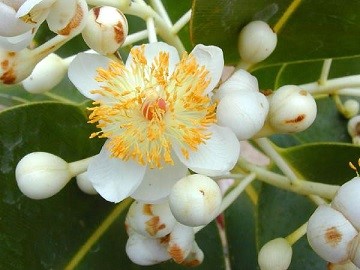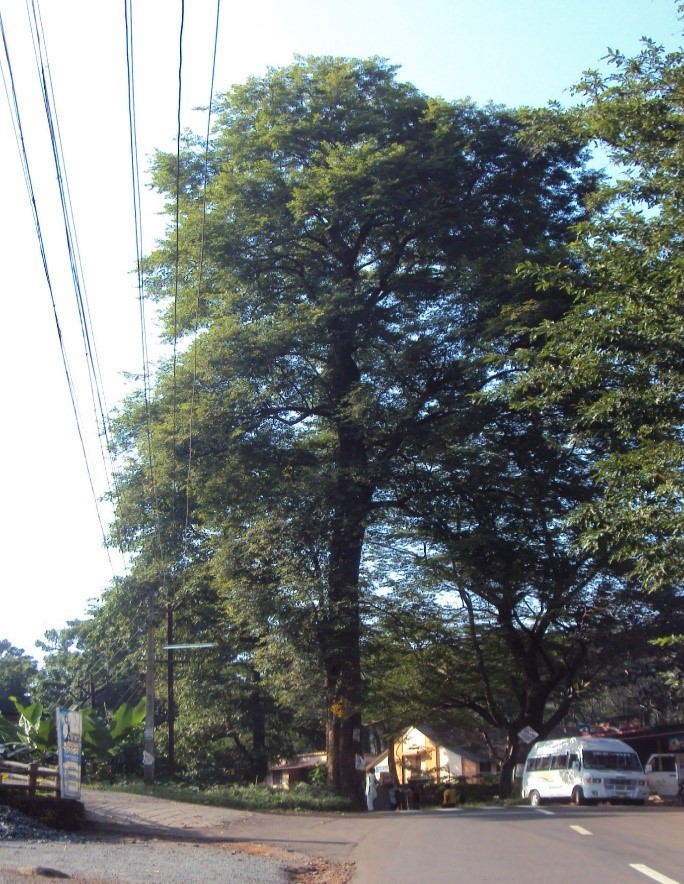Trees
Dalbergia latifolia Roxb.
Dalbergia latifolia Roxb.
Description :
This is deciduous trees and grows to 25m
high, the bark of the tree is bark is 10 to 15 mm thick, grey, smooth with
short irregular cracks. Leaves are imparipinnate, rarely 1-foliate, and
alternate. Leaflets are 3 to 9, alternate. Flowers are bisexual and are 5 to
6mm long, with white colour. Fruit is a pod, 5 to 7.5cm long and 1.5 to 1.8 cm
wide, distinctly marked in the place of seeds, but not wrinkled, indehiscent;
seeds are 1-4, reniform, brown.
Distribution :
It stretches from the sub-Himalayan tract to the southern tip of India.
It can be found easily in Pakistan. The tree mainly grows in the monsoon forest
and up to the areas with an average altitude of 1500 m. The tree thrives in
areas with up to 6 dry months with mean monthly rainfall of less than 40mm. It
grows best in well drained, deep, moist soils.
Uses :
The plant has several uses. The tree produces a hard, durable heavy wood
that when properly cured is durable and resistant to rot and insects. Tannins
extracted from the bark of the tree are used to make medicines for the
treatment of indigestion and diarrhoea. The tree produces a hard, durable,
heavy wood that, when properly cured, is durable and resistant to rot and
insects. Wood from the tree is used in premium furniture making and cabinetry,
guitar bodies and fret boards, exotic veneers, carvings, boats, skis, and for
reforestation. The plant also has been used for agroforestry due to its
nitrogen fixing properties. The foliage is usually nitrogen rich and used as
mulch or fodder.



